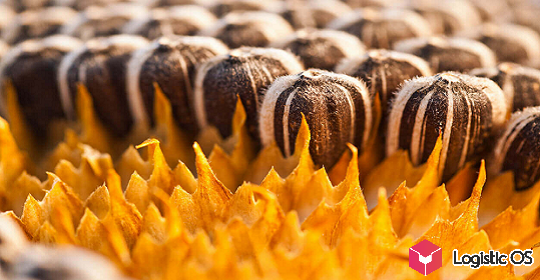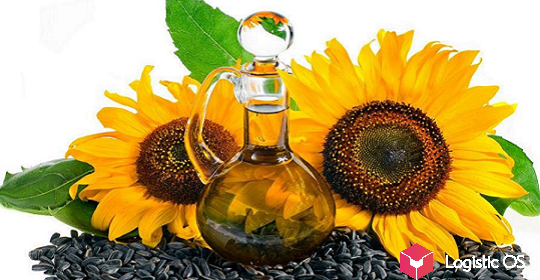According to the farmers themselves, preferential loans are one of the few support measures that are truly effective. However, now manufacturers are at risk of being left without it.
The Ministry of Agriculture is considering raising the rate on soft loans for farmers from 5% to 7% from 2024.
As Deputy Minister Elena Fastova noted at the All-Russian Field Day 2023, the department does not have much choice: the portfolio of loans already issued is very large, about 1.3 trillion rubles, and it needs to be serviced somehow.
Without an increase in the rate, it would simply not be possible to issue preferential loans further, so this measure, although unpleasant, is inevitable.
At the same time, the Bank of Russia is also hinting that it may raise the key rate in the near future, taking this into account, it will be even more difficult to avoid raising the rate on soft loans.
By the way, the Ministry of Agriculture plans not only to raise the rate, but also to reduce subsidies: for preferential investment loans — from 70% to 50%, for short-term loans — from 100% to 70%.
At the same time, in 2023 alone, 19 billion rubles were allocated to subsidize short-term loans, and 5.5 billion rubles for investment loans.
Now the ministry plans to “save” on this as well.
What do farmers think about the new terms of preferential loans?
According to the majority of experts in the region, the tightening of conditions for preferential loans could be a significant blow to Russian agricultural producers.
As already mentioned, this is now the most demanded support measure, which is confirmed by a multiple increase in the volume of issuance: from 137 billion in 2017 to 913 billion in 2022.
An increase in the rate by “only” 2% will lead to the fact that loans will become almost twice as expensive for farmers, experts say.
At the same time, soft loans, especially short-term ones, were often used to solve the most pressing problems: to purchase fuels and lubricants, seeds, fertilizers, plant protection products, agricultural machinery, and thanks to all this, to carry out sowing or harvesting.
Lack of access to cheap loans can raise a difficult question: where to get working capital for all this?
Obviously, if you take a loan at a higher rate, this will further reduce the already low marginality of farmers, and not everyone has their own funds.
At the same time, there is an opinion that the simultaneous increase in the cost of preferential loans and the preservation of the export duty are completely incompatible, since it can literally ruin many agricultural producers.

